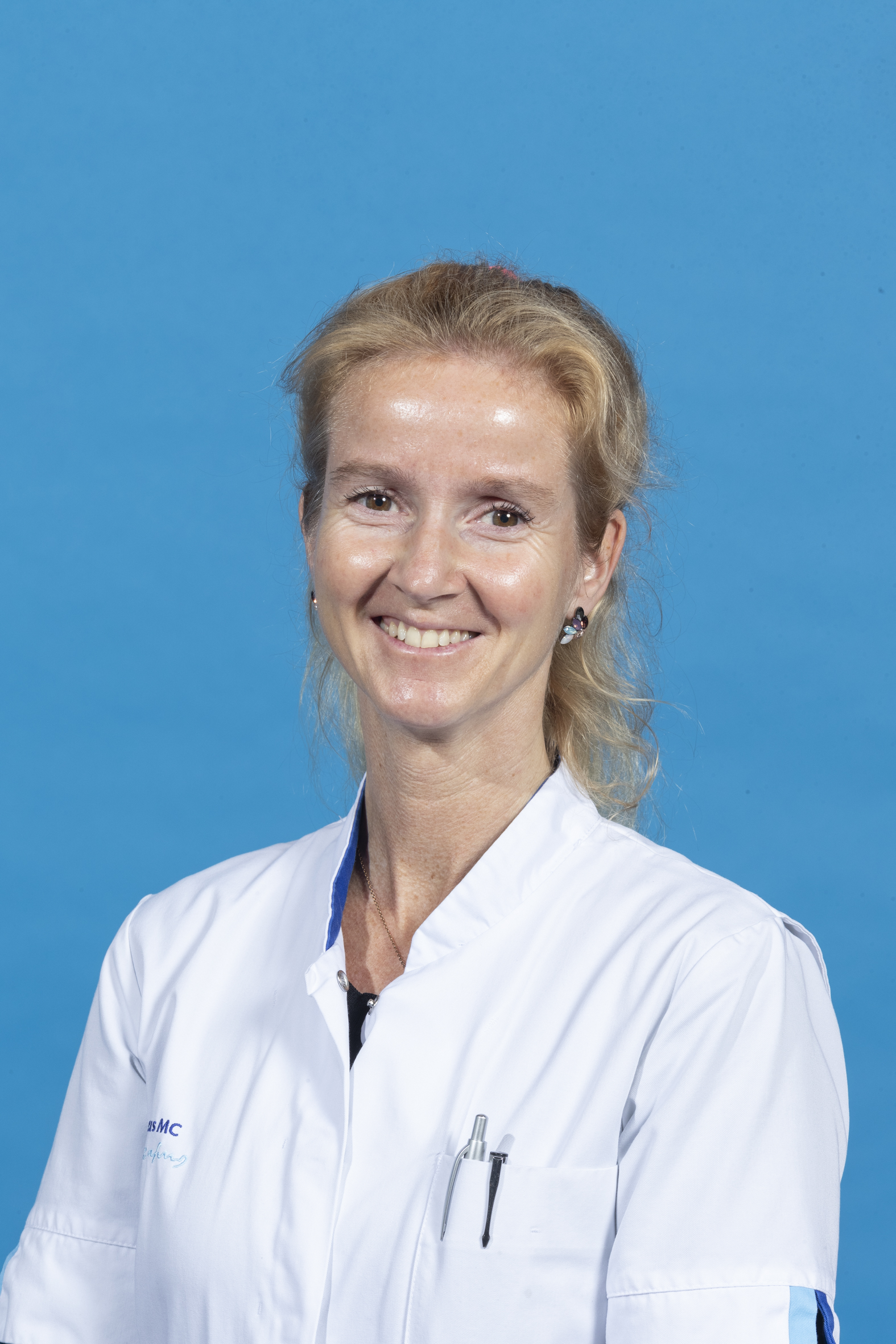What we do
About our project
 What is the motivation for this research?
What is the motivation for this research?
Mortality, morbidity and health care costs due to atrial fibrillation (AF) is worldwide a growing problem and therapeutic interventions for atrial fibrillation are often not effective. Persistent atrial fibrillation is maintained by an arrhythmogenic substrate which can be identified by epicardial, multisite wavemapping. Previous studies have shown that longitudinal dissociation in conduction and focal waves are associated with persistence of atrial fibrillation. However, novel evidence indicates that these focal waves are associated with transmural dissociation in conduction and hence endo-epicardial electrical asynchrony.
What is the aim?
To demonstrate in patients, by simultaneously mapping of the right atrial endo- and epicardium that persistence of atrial fibrillation is associated with transmural dissociation in conduction of fibrillation waves.
How will you perform this research?
Patients undergoing open-chest cardiac surgery will be included. In these patients, simultaneous endo- and epicardial mapping of the atria is performed during the surgical procedure. Mapping is performed during sinus rhythm and initiation and perpetuation of atrial fibrillation.
What is the desirable outcome?
To understand the role of transmural dissociation in conduction in the development of a substrate for persistent atrial fibrillation in humans.
Funds & Grants
- CardioVasculair Onderzoek Nederland – Atrial Fibrillation Fingerprinting (CVON-AFFIP, grant number 914728)
- Nederlandse organisatie voor Wetenschappelijk Onderzoek (NWO-Vidi, grant number 91717339)
- Medical Delta
Collaborations
- Technical University Delft
- Amsterdam UMC
- Medical Delta Cardiac Arrhythmia Lab
- Convergence project Deep Imaging
Publications
- de Groot, N., van der Does, L., Yaksh, A., Lanters, E., Teuwen, C., Knops, P., van de Woestijne, P., Bekkers, J., Kik, C., Bogers, A., & Allessie, M. (2016). Direct Proof of Endo-Epicardial Asynchrony of the Atrial Wall During Atrial Fibrillation in Humans. Circulation. Arrhythmia and electrophysiology, 9(5), e003648.
- Knops, P., Kik, C., Bogers, A. J., & de Groot, N. M. (2016). Simultaneous endocardial and epicardial high-resolution mapping of the human right atrial wall. The Journal of thoracic and cardiovascular surgery, 152(3), 929–931.
- van der Does, L., Knops, P., Teuwen, C. P., Serban, C., Starreveld, R., Lanters, E., Mouws, E., Kik, C., Bogers, A., & de Groot, N. (2018). Unipolar atrial electrogram morphology from an epicardial and endocardial perspective. Heart rhythm, 15(6), 879–887.
- Kharbanda, R. K., Knops, P., van der Does, L., Kik, C., Taverne, Y., Roos-Serote, M. C., Heida, A., Oei, F., Bogers, A., & de Groot, N. (2020). Simultaneous Endo-Epicardial Mapping of the Human Right Atrium: Unraveling Atrial Excitation. Journal of the American Heart Association, 9(17), e017069.
- Kharbanda, R.K., Wesselius, F.J., van Schie, M.S., Taverne, Y.J.H.J., Bogers, A.J.J.C., de Groot, N.M.S. (2020). Endo-epicardial mapping of in-vivo sino-atrial node activity [Manuscript submitted for publication]. Department of Cardiology, Erasmus Medical Center, Rotterdam.
Our team
- Dr. Y.J.H.J. Taverne
- Prof. Dr. Ir. W. Serdijn
- Prof. Dr. Ir. A. van der Veen
- Dr. M.C. Roos
- Ir. P. Knops
- M. van Schie, MSc


